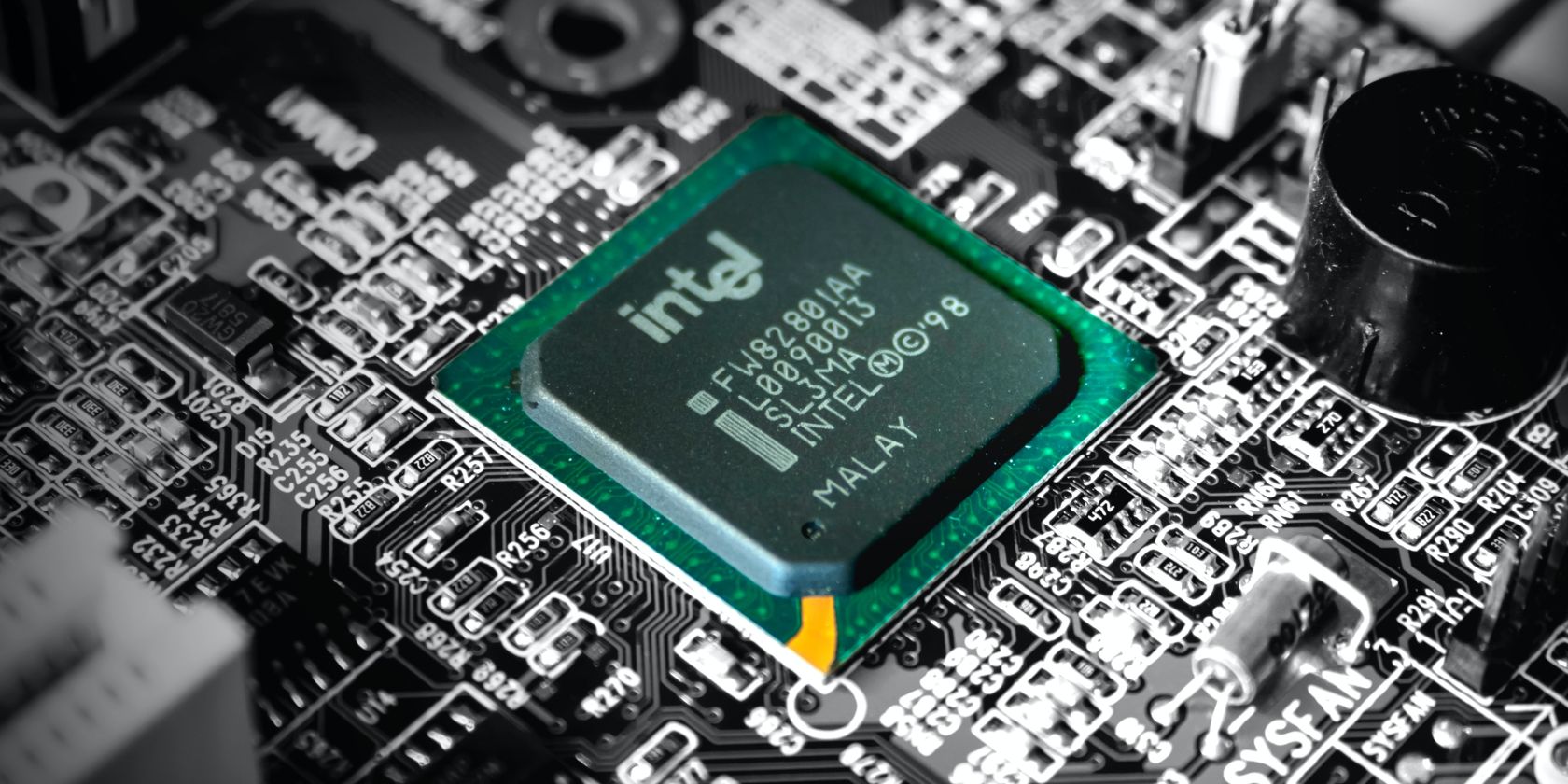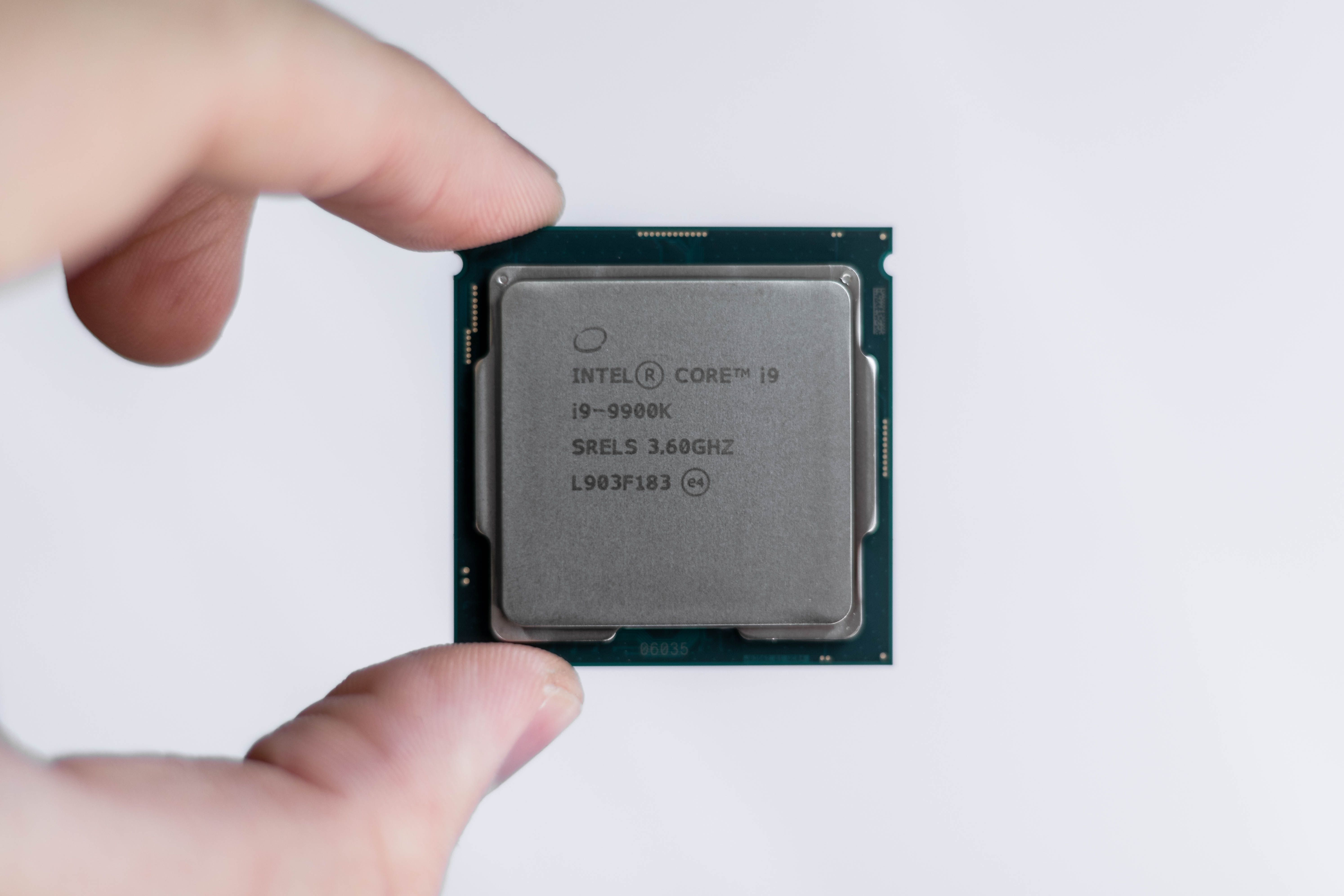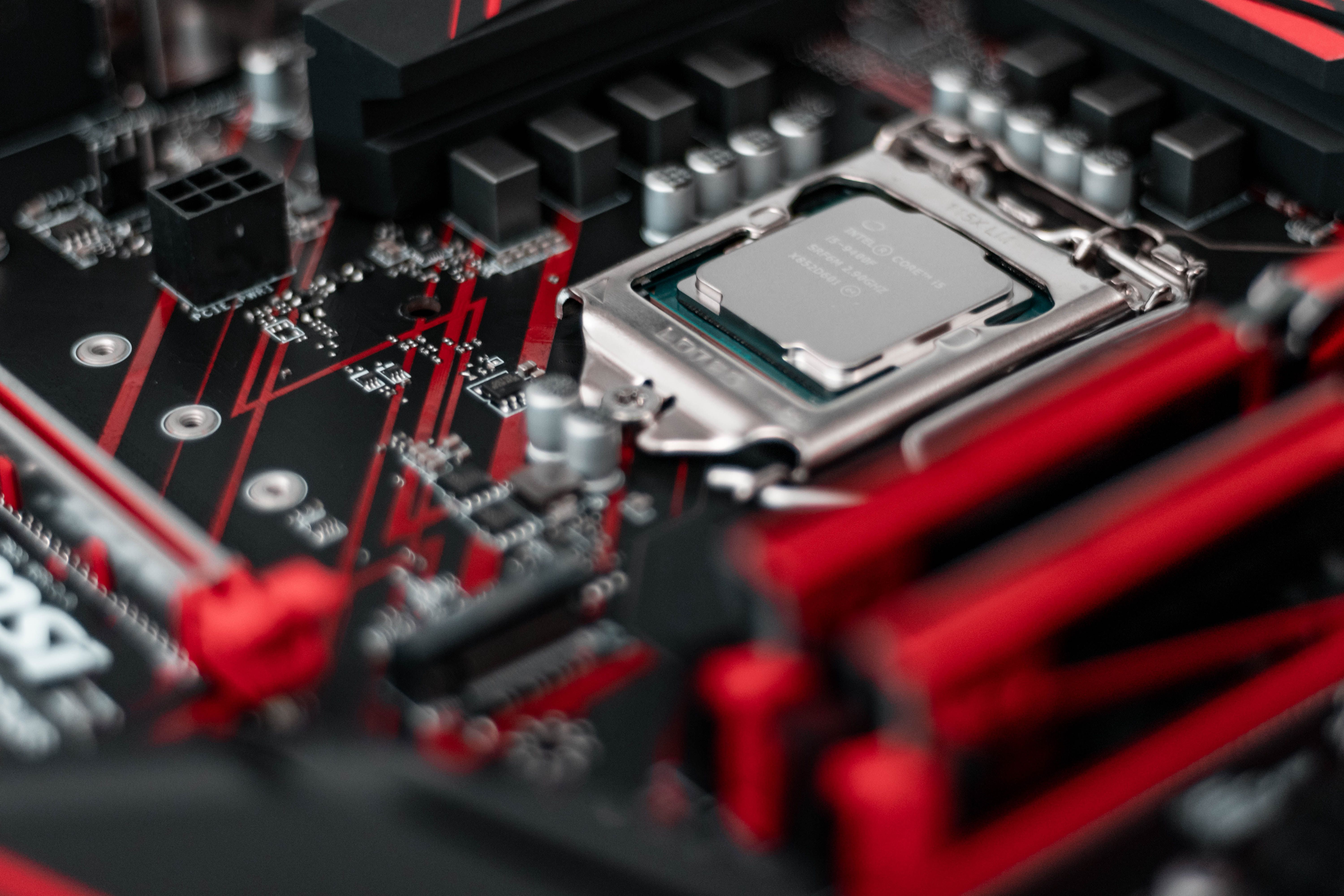At the turn of the millennium, Intel was one of the undisputed big players in the tech space. And while Intel remains a colossal name to this day, its dominance is under threat from other companies.
Two of those businesses leading the battle against Intel are AMD and Apple—and the pair have made up significant ground.
But just how far has Intel fallen from grace, and why is it losing out to the companies mentioned above? Let’s take a deeper look at Intel's troubles.
Intel’s Slow Growth: In Figures
Okay, so we’ve started this article with doom and gloom. But the truth isn’t necessarily as dark; Intel recorded its highest-ever revenue figures over the 2020 calendar year, reaching $77.9 billion.
Intel’s revenue figures represented an 8% increase compared to 2019. Comparatively, it had seen 15% year-on-year growth in 2000—according to that year’s annual report.
It’s not that the company isn’t growing at all—it’s that Intel’s pace of growth is slower than its competitors. AMD’s $9.75 billion in 2020 revenue was much lower as a raw figure but was 45% higher than in 2019.
Despite delaying the iPhone, Apple enjoyed a successful 2019-2020 fiscal year—despite postponing the launch of the iPhone. The company generated over $274 billion in net sales, with Mac devices making up $28.6 billion.
Why Is Intel’s Dominance Declining?
Now you know how far Intel’s dominance has receded, it’s a good idea to look at the factors that have influenced this.
1. Limited Innovation
One of the reasons that Intel has slowed down could be due to innovation—or perhaps a lack of it. For example, when Apple announced that its computers would stop using Intel’s processors in 2020, some—including one writer on Medium—argued that the company stopped being as innovative as before.
The company was previously credited widely for introducing the world’s first consumer microprocessor, and in the following years, it upped the ante even further. However, the writer in the Medium article mentioned earlier argues:
While ARM and its partners were looking for ways to create genuinely exciting and innovative new products that really got consumers excited, Intel seemed to be more concerned with hindering the competition and protecting its own market dominance.
2. Limits to Existing Technology
Besides innovation, Intel has slowed down because of existing technology.
Up until April 2021, Intel’s processors remained stuck on a 14 nanometer (nm) node. It had originally hoped to move to 10nm in 2016, but that was delayed.
In the meantime, AMD overtook Intel in this area. While Intel has only just moved away from 10nm, some of AMD’s computer processing units (CPUs) are already on 7nm. Meanwhile, Apple is capable of producing 5nm through the Taiwan Semiconductor Manufacturing Company (TSMC).
3. Manufacturing
In March 2021, Intel reported that it plans to invest $20 billion into building two new factories over the coming years.
As it goes, doing so might well be a wise decision.
Whereas Apple outsources much of its chips, Intel still manufactures its own (for the time being, anyway—it has announced that this might change in the coming years).
Outsourcing has arguably allowed competitors to gain the upper hand due to the pace of production.
Is It Time for Intel to Change?
Despite AMD and Apple cranking up the pressure, Intel is still hugely profitable. But while it’s in a favorable position, the warning signs are there that it needs to adapt to stay competitive.
To Intel’s credit, it has made moves towards turning the tide. The long-awaited upgrading of its 14nm processors will be welcomed by many of its users, and investing more in its manufacturing is also a step in the right direction.
Despite its crumbling competition, Intel is too strategic to disappear completely. And if it’s able to keep pace with Apple and AMD, we might see a whole host of exciting microchip innovations in the future.



